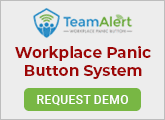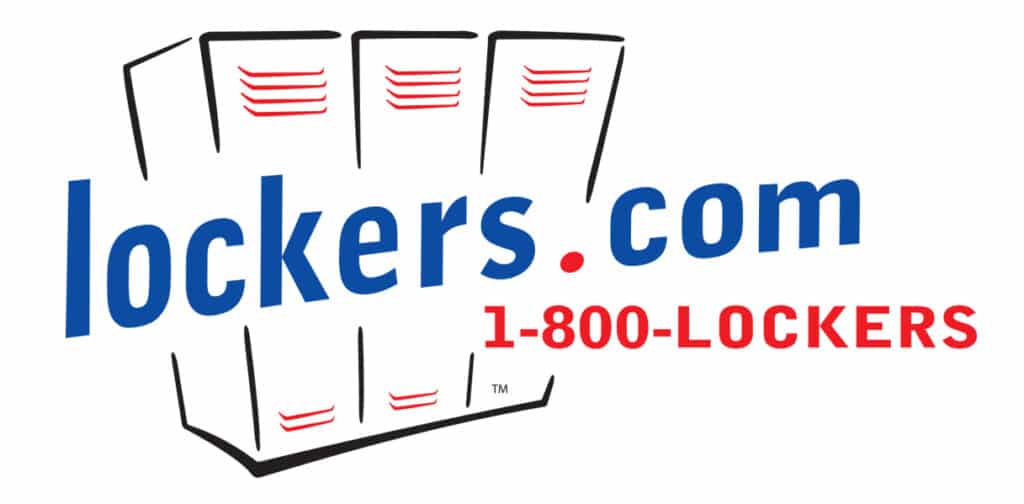On the morning of December 16, a shooter opened fire at the Abundant Life Christian School in Madison, WI. Police officers were dispatched to the school at 10:57 a.m. and entered the building, three minutes later, at 11. But despite the fast response, the shooting left two people dead and six injured.
The tragedy at Abundant Life Christian (and the other 82 school shootings in 2024) underscores a broader problem in the United States with gun violence and the failure of elected government officials to pass preventative solutions. Without the will to make legislative changes, the burden of combating gun violence has fallen on schools and the IT and security professionals that protect them. At educational institutions, including K-12 schools and universities, teams are taking proactive measures to keep faculty, students and facility safe by drafting emergency action plans (EAPs), investing in cloud-based access control and video management technology and coordinating with first responders.
However, school security professionals face several hurdles. They must navigate how to better protect their campuses while dealing with decreased budgets, smaller teams and a glut of new technologies. This makes effective emergency preparedness planning more crucial than ever.
Plan Beats No Plan: The Importance of an Emergency Action Plan
One of the most effective steps security teams can take, especially when resources are limited, is the creation of a robust emergency action plan (EAP). An EAP is a written document that clearly outlines how students, faculty, and staff should respond during an emergency situation. Strongly recommended by the Department of Homeland Security (DHS), this document aims to reduce injuries by providing clear, concise instructions for evacuation, sheltering and other emergency protocols.
Unfortunately, many school districts have failed to implement emergency plans. In a 2024 security audit of 47 public and charter schools in Arizona, most met “fewer than half the minimum EOP (emergency operation plan) standards.” Additionally, most schools had not provided emergency training to all staff. The report depicts alarming oversight, as unprepared staff can significantly hinder the effectiveness of any emergency response.
So what should be included in an EAP plan? The Department of Homeland Security suggests gathering input from various key people such as human resources, facility managers and local law enforcement/emergency responders. Some of the most important aspects of an EAP are an evacuation procedure, including escape routes and safe spaces. Information about the primary security contacts and their contact information is also important to disseminate. Further, faculty and teachers should be aware of how emergency notification systems work. Even with all these aspects in place, IT and security teams must make the time to train everybody on campus.
Practice Makes Perfect
While creating an EAP is an essential first step, ensuring that all personnel are familiar with it and know how to execute it under pressure is equally critical. Training and regular practice are necessary to ensure that the plan functions as intended during a real crisis. Once a plan is developed, facilities and security professionals must ensure everybody – from first responders to teachers and staff – understands how to execute the plan.
One of the key benefits of practicing an EAP is that it allows administrators to identify and resolve potential flaws. In a 2022 article from Security Sales and Integration, author Bob Dolph, recounted a story about his friend who, during an active shooter situation, tried to exit the facility through a rear door. However, when he exited a siren went off and the door only unlocked after a time delay. Upon further investigation, he found that the “unlock delay” had been implemented to inhibit theft. Luckily, Dolph’s friend and the group he was with managed to escape, but had the door remained locked, the outcome might have bed tragic. Situations like this is why practicing an EAP is essential. It allows security administrators to refine their plans and ensure everyone is on the same page.
Every Second Counts: Automated Security with Technology
As schools continue to invest in security measures, many schools are turning to technology to enhance their emergency preparedness. With IT and security professionals being tasked to do more with fewer resources, automation has become a key component of modern security strategies. Solutions such as access control, visitor management and video surveillance provide real-time oversight and enable quicker, more effective responses to emergencies.
What makes the search for the right solution even harder is the sheer number of manufacturers in the physical security space. Additionally, wo significant advancements have happened in the last few years, the first of which is the move to cloud-hosted access control.
Historically, schools that had an access or video management system were forced to host their servers that ran these systems on site. Not only did these systems require storage space, but they also came with expensive upfront costs and regular maintenance requirements. Further, schools faced challenges when attempting to integrate various solutions.
A notable example of how cloud-based access control alleviated these challenges comes from Vestavia Hills City Schools, a K-12 school district in Vestavia, Ala. The district had installed cameras from Milestone Systems along with an on-premises access control system. Though integrating the two solutions was possible, adding new cameras proved costly and time-consuming. Consequently, Vestavia had video coverage of only portions of their campus. When Vestavia switched to cloud-based access control, they were able to quickly expand their network of cameras and monitor them inside the dashboard of the access control platform. After transitioning to a cloud-based system, the district was able to quickly scale up, adding new cameras and consolidating all security data into a single platform. This allowed for greater visibility and faster, more coordinated responses during emergencies.
Aside from the advantages of API integration and always having the latest features, some cloud-based solutions allow schools to use their old access control hardware. If a school already uses non-proprietary door readers or controllers, they can use those and avoid having to shell out installation fees.
“These cloud-based access control solutions are empowering schools with a way to connect all of their security tools into a single dashboard,” said Mike Maxsenti, General Manager of Security at Genea, a leading provider in the industry. “Before the cloud, your video cameras were separate from your door alarms, your gunshot detection was separate from your visitor management. Now, schools can oversee all that within a single platform, which is game-changing because it gives you all the information you need to respond quickly and efficiently to an emergency.”
Navigating the Flood of Security Tech
The growing number of security solutions available can be overwhelming for schools, making it difficult to differentiate between essential systems and those that are merely nice-to-have. To help navigate the options, many schools work with a trusted security integrator who can help guide them to the systems that most align with their needs. Integrators also act as a liaison between the manufacturer and the school to ensure a successful installation.
From video surveillance systems and gunshot detection to vape sensors and more, the list of security hardware and software might seem endless. However, the best place to start your research is usually with access control. Choosing the right access control system can provide IT and security teams with a singular point of reference – one into which all other systems integrate. Essentially, access control is the hub to all the other “spoke” solutions. Once a school decides on the access control solution, other solutions can be quickly added on using API integrations, with just a few clicks.
Cloud-based access control systems not only streamline integration but also provide schools with more control and flexibility in how they configure their security infrastructure. By mapping access control to specific doors and areas, schools can ensure that critical entry points are monitored and secured, minimizing vulnerabilities.
A Path Forward: Solutions for School Violence
While emergency preparedness, technology and training are vital components to addressing school violence, they are only part of the solution. Policymakers must prioritize legislation that focuses on gun control, mental health must be more openly discussed without stigma and community engagement must happen.
Community involvement is essential for safety and security. Schools cannot work in isolation when addressing issues of violence. Collaboration with local law enforcement, parents and community leaders can lead to more holistic solutions that extend beyond the school campus. These actions along with proactive measures like emergency action plans, and technology integration will ultimately lead to a safer future for all.
This information is courtesy of Genea, a leading cloud-based, smart building technology company that automates physical security and energy management, www.getgenea.com.







